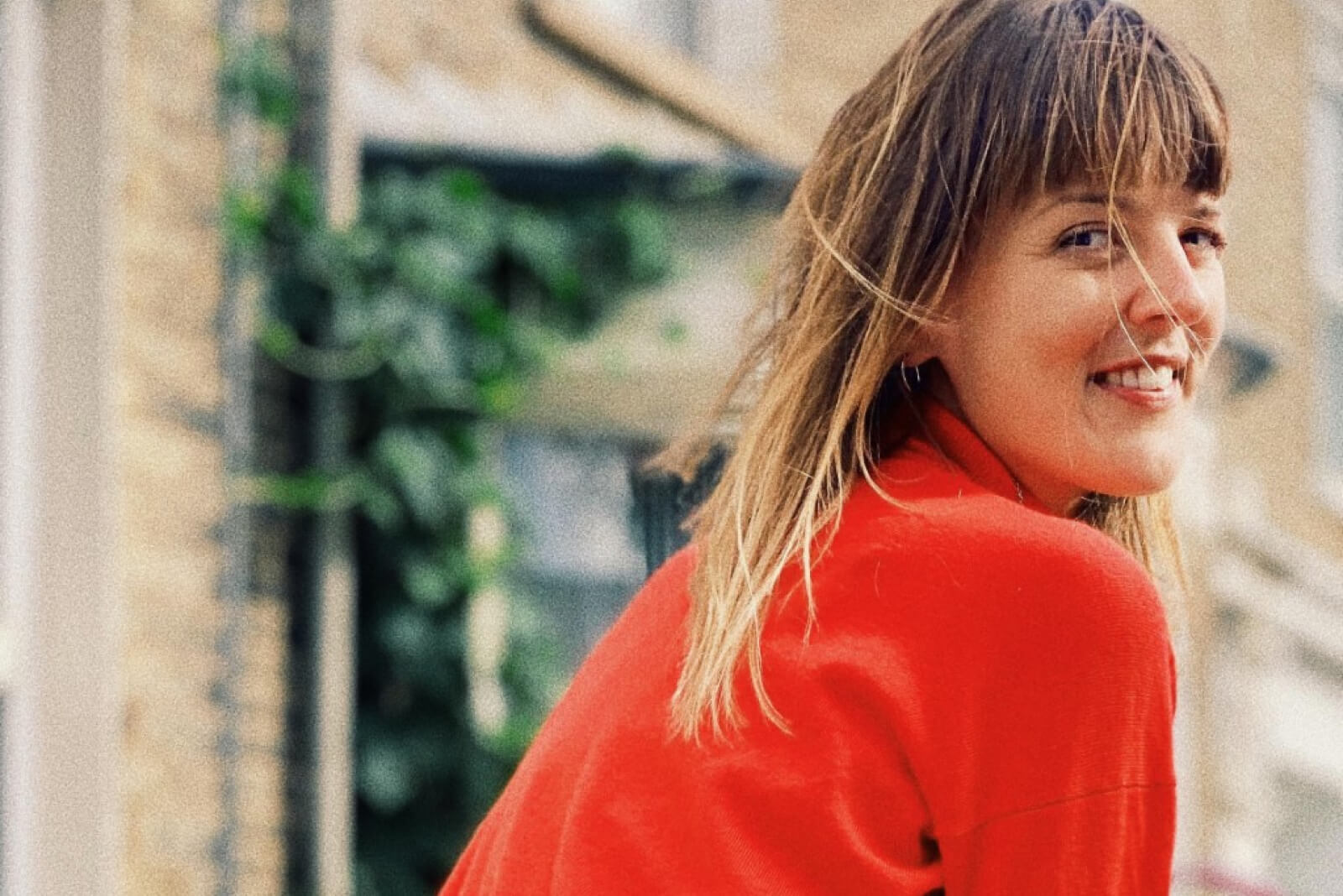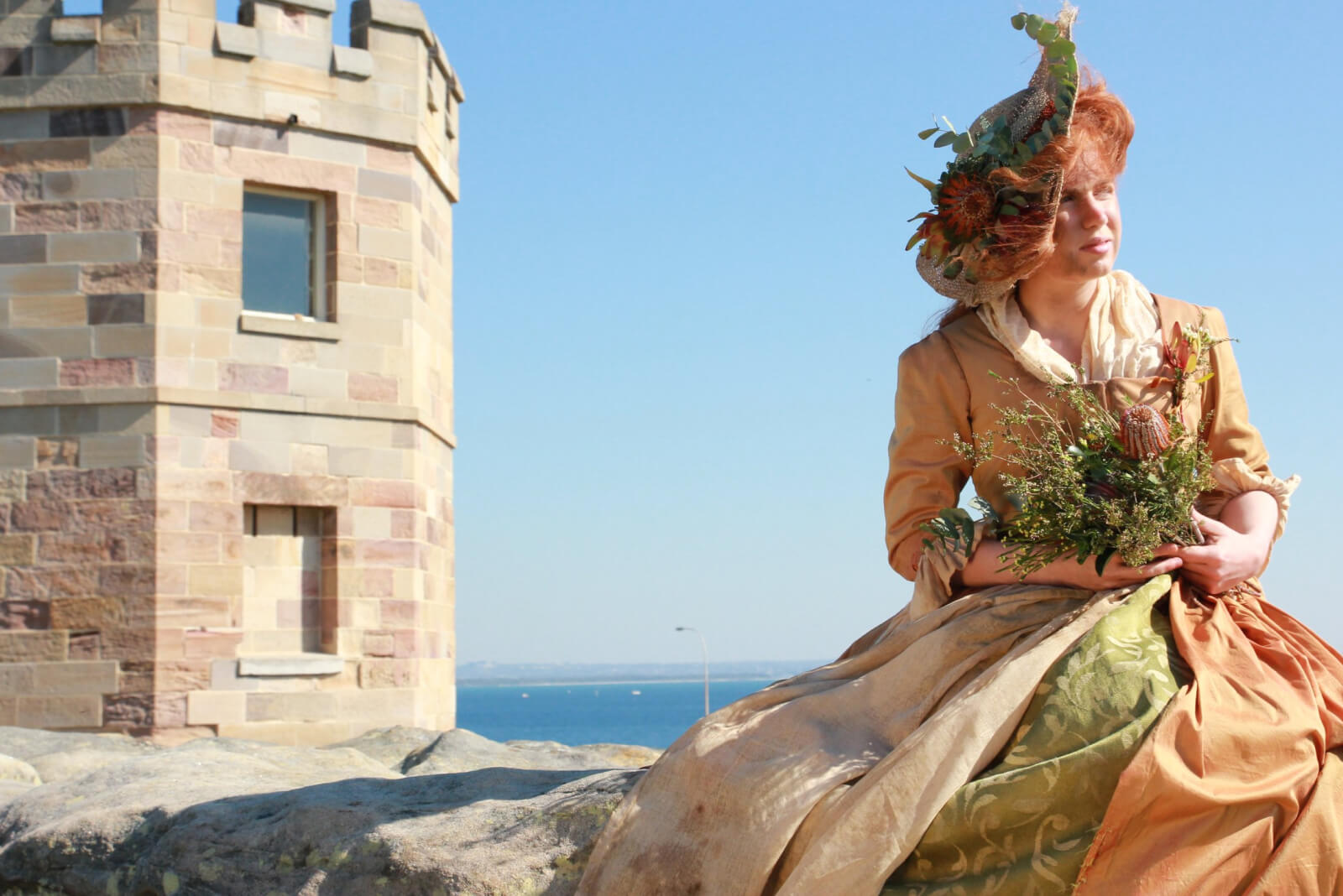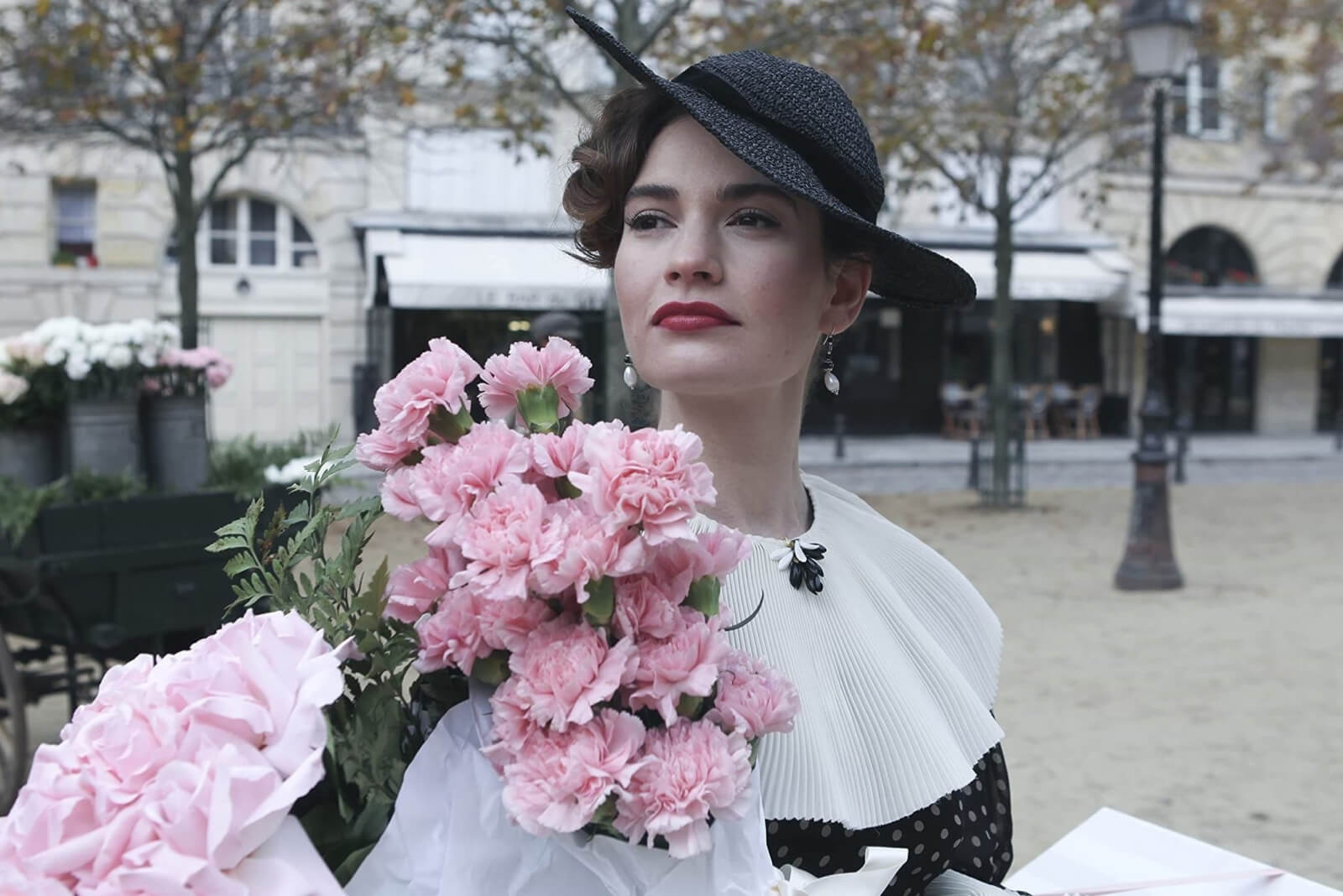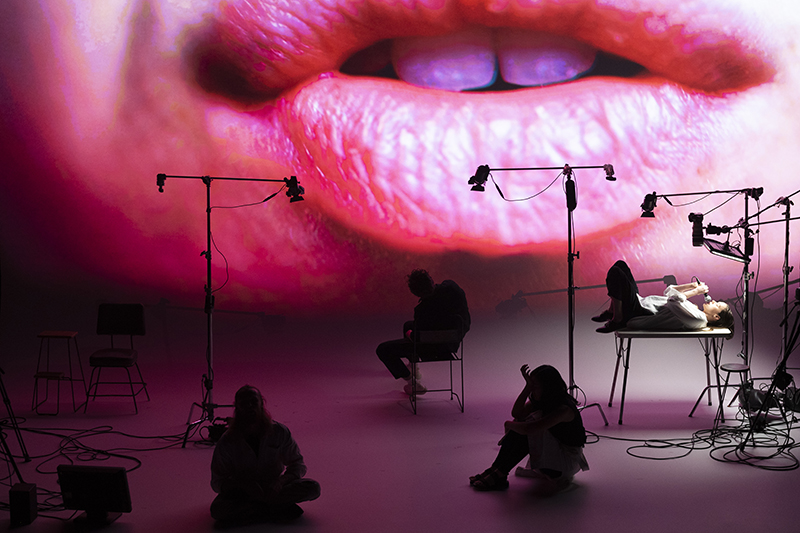
Image credit: Marnie Perkins
NIDA alumna Marnie Perkins (Costume, 2018), an accomplished milliner and the recipient of the 2023 British Hat Guild Award, has been making hats for over a decade and has garnered a reputation for her exquisite designs that are inspired by historical periods and contemporary fashion. In our conversation, we learnt more about Marnie’s journey into the world of millinery, her experience studying at NIDA, and her innovative methods for creating beautiful custom-made hats. She also shares tips for future applicants who are interested in studying Costume at NIDA.
NIDA: Have you always been into hats? What got you into the world of millinery?
Marnie Perkins: I first got into hats when I was working in fashion in Melbourne. My job as a designer at a fast-fashion label was leaving me feeling unfulfilled creatively at the end of each day, so in the evenings I started a millinery course at the Melbourne School of Fashion which took place every Wednesday night for a year. I instantly felt connected with the sculptural process of it. I loved working with my hands and was happy to finally be using my sewing and making skills again, as my fashion job was in an office.
Shortly after I left the fashion industry, I moved back home to Brisbane and completed a Cert IV in Millinery at TAFE QLD. This allowed me to really learn all the foundational skills, which I then took with me to NIDA. It was in my final year research project that I was able to put them into practice, where I specialised in 18th century shepherdess hats.

Image credit: Marnie Perkins
NIDA: What made you study at NIDA after graduating from QUT?
MP: I worked in fashion in Melbourne for about four years after completing my fashion degree at QUT. I just never really clicked with the industry, especially in the fast fashion world I had found myself in. However, I knew that I wanted to do something with clothes, and after designing a few short films, I realised I was much more suited to the world of costume.
NIDA: Has NIDA helped you in terms of opening doors to the industry?
MP: Yes, enormously so! I received the Lawrie Cowled scholarship at the end of my course, which allowed me to travel to the UK to complete my secondment at Cosprop, which is a leading costume house in London. After a month there, they hired me in the millinery department, and for the next couple of years I worked alongside the head milliner on an assortment of huge period productions and made a lot of great industry connections. My journey would have been incredibly different without that NIDA push — I doubt I would be living in London right now, that’s for sure!

Lily James/The Pursuit of Love (BBC)
NIDA: How do you conduct research for historical facts when researching for your work?
MP: For a lot of the productions I work on, the mood boards are put together by the design team, so research is generally a personal push. I am particularly drawn to period hats, so when I’m between work I am always reading up on different periods of historical headwear and practicing new techniques. I am also about to start a mentorship with Veronica Main who specialises in traditional straw work.
NIDA: Can you tell us about new methods in millinery? Are they similar to the traditional ways or have there been new developments?

Image Credit: Ralph Fiennes/The Dig (Netflix)
MP: There are always new methods emerging, but in all honesty the techniques taught to me by the NIDA millinery tutors, Rosie Boylan and Bronwyn Shooks, as well as in my previous millinery courses, are the main ones I carry with me. These are quite traditional for the most part, as the hats I worked on at NIDA were period, and the majority of work I do now is period. I haven’t had the opportunity to do too much experimentation with some of the more modern materials at this stage, but there are many exciting things in the world of thermoplastics. I did a class with Aussie milliner Carole Maher last year at London Hat Week delving into the use of these materials, and I hope to explore this more soon.
NIDA: How long does it take for you, on average, to create a custom piece?
MP: It’s dependent on the piece and on the production. Now I am working on quite a high-budget film in which we are creating many hats for some of the bigger crowd scenes. In this case, it’s a matter of getting quite a few hats made each day, with a focus on the general shape more than intricacies. Obviously when making a hat for a principal actor, much more time is spent on the finer details.
NIDA: In Australia, where can we see your work?
MP: I made a few principal hats while working at Cosprop, including a lovely black ’30s straw hat for Lily James in the BBC series The Pursuit of Love, as well as a flat cap for Ralph Fiennes in The Dig (which was designed by NIDA alumna Alice Babidge).
Now that I’m freelance, I generally work as part of a team within the millinery department of film and tv productions — some recent ones include Foundation (Season 2) and The Essex Serpent, as well as a few more that are in production as we speak.
NIDA: Any pro tips you would like to share for future applicants who want to study Costume at NIDA?
MP: Studying at NIDA was one of the hardest but most rewarding things I have ever done, so don’t go into it lighthearted. You might lose your social life for the best part of three years, but you’ll emerge with a skillset that you are incredibly fortunate to have the opportunity to learn, so just lean into it.
Learn more about NIDA’s Bachelor of Fine Arts in Costume at the upcoming Open Day on Saturday 17 June 2023. Register now.

